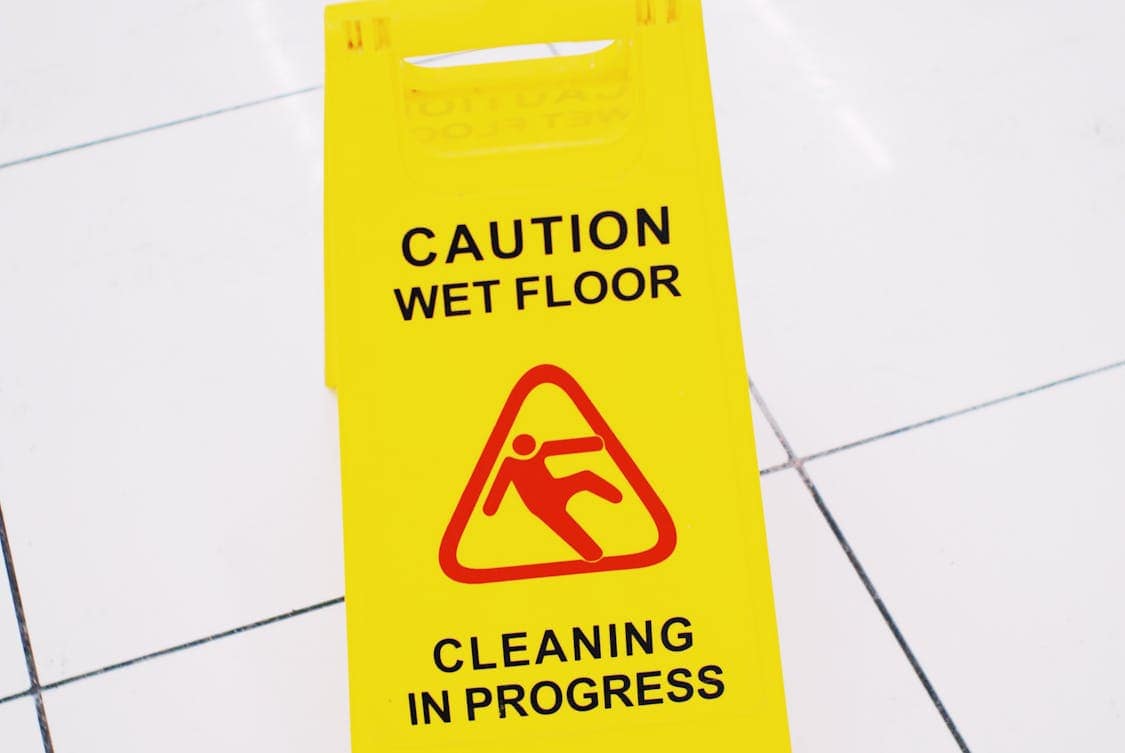Commercial epoxy floors are prized for their durability and aesthetic appeal. However, like anything else, they require maintenance to keep them looking and functioning at their best. Knowing when to recoat is essential for maintaining safety and aesthetics in a commercial space. Below are five clear signs that indicate it’s time to give your epoxy floor a fresh coat.
1. Visible Wear and Tear
The first sign that your epoxy floor might need recoating is visible wear and tear. Over time, foot traffic, equipment, and other factors can lead to scratches, scuffs, and faded areas. If you begin to notice these blemishes, it’s not just a cosmetic issue; they can also lead to more significant problems if left unattended.
These visible signs of wear can diminish the overall appearance of your facility. A worn floor can give an impression of neglect, which might affect your business reputation. In environments like retail, a pristine floor can enhance the customer experience, while a damaged one can drive them away.
Furthermore, small cracks or chips can worsen over time. If you let them be, they can lead to bigger issues such as moisture infiltration or further deterioration. Addressing these signs early can save you time and money down the line, making it well worth the effort to recoat.
Keep an eye out for changes in texture as well. If your floor has lost its smooth finish, it may not only look less appealing but might also pose safety risks. Slips and falls can occur on uneven surfaces, making it crucial to stay proactive about recoating.
To reduce future upkeep and avoid recurring issues, many facility managers are now turning to low‑maintenance protective floor systems that offer long-term resilience with minimal effort.
2. Discoloration or Fading
Another telltale sign that your epoxy floor needs attention is discoloration or fading. Over time, exposure to sunlight, harsh chemicals, and cleaning solutions can cause a once-vibrant floor to lose its luster. This is especially common in areas with large windows or those exposed to direct sunlight for extended periods.
Fading can make a space feel drab and uninviting. If your floor has lost its original sheen, it may be time to think about recoating. A fresh layer can restore the color and shine, revitalizing your space and improving the overall aesthetic.
Moreover, discoloration can indicate underlying issues. Certain chemicals can break down the epoxy material, leading to a compromised surface. In such cases, recoating is not just cosmetic but also a means to protect and preserve the integrity of the floor.
Keeping your floor looking fresh isn’t just about appearances; it also matters for safety. A faded surface can make it difficult to identify spills or other hazards. By recoating, you not only enhance aesthetics but also improve visibility and safety in your commercial environment.
3. Water Intrusion
Water intrusion is a significant red flag that shouldn’t be ignored. If you notice water pooling on your epoxy floor or suspect moisture infiltration, it’s time to investigate further. Water can weaken the bond between the epoxy and the concrete beneath, leading to peeling or bubbling over time.
Regular exposure to moisture can also foster the growth of mold or mildew. This not only poses health risks but can also damage the structural integrity of your flooring. A recoat can help seal the surface, preventing moisture from seeping through and causing further damage.
Identifying the source of the water intrusion is equally important. Whether it’s a leak, condensation, or simply poor drainage, addressing the root cause should be part of your maintenance plan. Once the issue is resolved, a new coat of epoxy can create a barrier against future moisture problems.
Being proactive about water intrusion can save you significant repair costs later. If your floor starts peeling or bubbling due to moisture, you may need to remove the entire coating and start again. A timely recoat can help you avoid this costly scenario and keep your floor in good condition.
4. Increased Slip Hazard

Safety in commercial environments cannot be overstated. If you begin to notice that your epoxy floor is becoming more slippery, it’s a clear signal that it may need recoating. A smooth surface that once provided traction can become hazardous over time, particularly in areas prone to spills.
Certain factors contribute to this increased slip hazard. For example, wear and tear can create slick patches, while the accumulation of dirt and grime can also affect traction. If your floor feels less secure underfoot, it’s time to reassess its condition.
Employing anti-slip additives during the recoating process can further enhance safety. This way, you ensure that the surface retains its grip, even in wet conditions. Prioritizing safety not only protects employees and customers but can also reduce potential liability issues.
Moreover, regular inspections of your flooring can help you catch these changes early. Maintaining a safe environment should always be a top concern, so being vigilant about the condition of your floor is crucial. A swift response to signs of slipperiness can save you from accidents and injuries.
5. Frequent Repairs
If you find yourself frequently repairing your epoxy floor, it’s a strong indication that it might be time for a recoat. Constant patching and fixing can become a drain on resources, both financially and in terms of time. Instead of making temporary fixes, consider investing in a fresh coat.
Ongoing repairs suggest that the underlying surface may be deteriorating. A recoat can not only revitalize the appearance but also fortify the existing base layer. This comprehensive approach helps mitigate the need for constant patching and repairs in the future.
Additionally, frequent repairs signal that your flooring is not performing as it should. A quality epoxy floor should endure challenges like heavy traffic and spills. If it’s continuously breaking down, a recoat can restore its durability and longevity.
Lastly, consider the impact of ongoing repairs on your operations. Time spent fixing the floor is time taken away from productive activities. By recoating, you can minimize disruptions and create a more efficient working environment.

